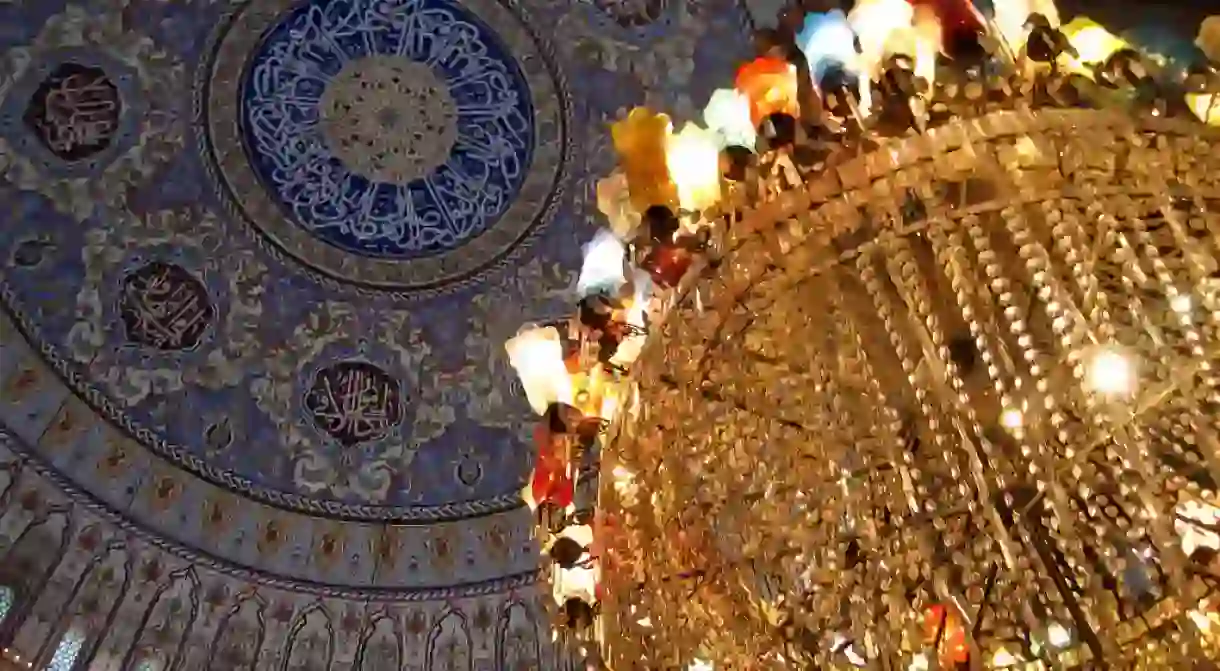Why Edirne's Grand Selimiye Mosque Is a Creative Masterpiece

Considered to be one of Mimar Sinan’s greatest works, the Selimiye Mosque is one of Edirne’s most spectacular edifices, which overlooks the city from its grand perch. So what are the specific elements that make this structure so magnificent? Let’s take a look.
Dominating the former capital of the Ottoman Empire, the Selimiye Mosque has a square shape with a single great dome and four minarets. Built by the most famous Ottoman architect of the 16th century, Mimar Sinan, the mosque was commissioned by Selim II and opened to the public in 1575. Much more than just a mosque, the Selimiye complex included madrasas (Islamic schools), a covered bazaar, a clock house, outer courtyard, and library. Selimiye also represented one of the most well constructed külliye (the buildings that surround and are interrelated to the mosque) in the empire, due to the harmonious interaction of all the various structures with one another. In the mosque’s interior, some of the most beautiful decorations from the peak period of Iznik tiles can be found, while the innovative design allowed for the use of many windows that let in an abundant amount of natural light and highlight the beauty of every detail.

Located in Kavak Meydanı or Sarıbayır, the mosque lies within a courtyard that is 190m by 130m. The mosque also had an arasta (shops) and darülkurra (recitation school), which were added later during the reign of Sultan Murad III. The nearly perfectly square prayer hall has a minaret that juts out of each of its corners with a length of 71 meters, while all minarets have three balconies that are accessible by three different staircases. The marble fountain in the center of the courtyard (where the devout bathe their hands and feet before the prayer) is an exceptionally ornate example. Of course, one of the most striking features of Selimiye is the ceiling of the prayer hall, a magnificent dome with a diameter of 31.28m and height of 42.25m, rests atop of eight 12-sided pillars.

The exterior is composed of ashlar (finely cut masonry) while important structures like the main portal are made of marble. Another inspiring feature of Selimiye is the decorations on the interior of the dome, a beautiful painted floral motif that was restored between 1982-1984. The geometric decorations of Ottoman marble carving, including the use of conch, which decorate the minbar (short flight of steps used as platform by preacher) and mihrab (semicircular niche that indicates the direction of Mecca) are some of the most excellent examples that can be found in Turkey. After extensive restoration between 1964 and 1971, the Selimiye Mosque reopened its doors and continues to serve as a place of worship, which means that visitors should dress modestly when planning to visit. Nowadays, the madrasa (school) building houses the Museum of Turkish and Islamic Art, serving as another source of interest for visitors.














